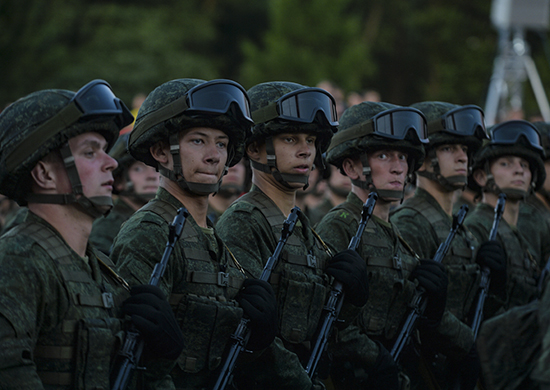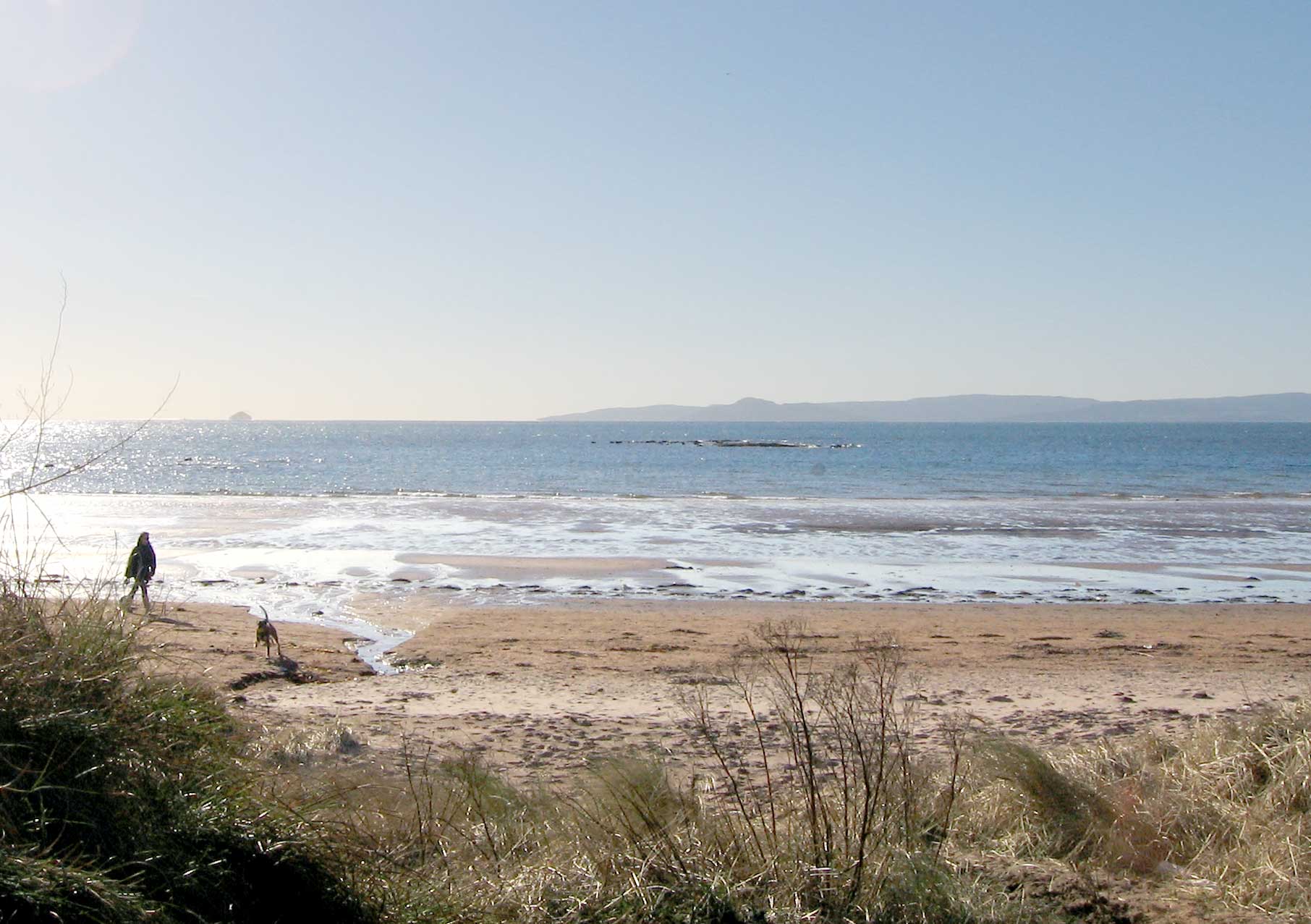|
702d Expeditionary Airlift Squadron
The 702d Expeditionary Airlift Squadron is a provisional United States Air Force unit. It is assigned to Air Combat Command to activate or inactivate as needed. It was active at Kandahar Airfield from 2011 to 2012. The squadron was first activated in April 1943 as the 702d Bombardment Squadron. After training in the United States, it deployed with its Consolidated B-24 Liberators to the European Theater of Operations, where it participated in the strategic bombing campaign until the end of hostilities, earning a Distinguished Unit Citation and a French Croix de Guerre with Palm for its actions. It returned to the United States in the summer of 1945 and was inactivated in September. The squadron was reactivated in the reserves in 1947, although it is not clear whether it was fully manned or equipped before inactivating in 1949. It was activated again in the reserves in 1952 as the 702d Fighter-Bomber Squadron. It was inactivated in July 1957, but activated a few months ... [...More Info...] [...Related Items...] OR: [Wikipedia] [Google] [Baidu] |
Air Combat Command
Air Combat Command (ACC) is one of nine Major Commands (MAJCOMs) in the United States Air Force, reporting to Headquarters, United States Air Force (HAF) at the Pentagon. It is the primary provider of air combat forces for the Air Force, and it is the direct successor to Tactical Air Command. Air Combat Command is headquartered at Langley Air Force Base, Joint Base Langley–Eustis, Virginia, United States. ACC directly operates 1,110 fighter, attack, reconnaissance, combat search and rescue, airborne command and control and electronic aircraft along with command, control, computing, communications and intelligence (C4I) systems, Air Force ground forces, conducts global information operations, and controls Air Force Intelligence. Air Combat Command consists of approximately 74,240 active duty Airmen and 10,610 Department of the Air Force Civilians. When mobilized, more than 49,000 additional Airmen of the Air Force Reserve and the Air National Guard, along with over ... [...More Info...] [...Related Items...] OR: [Wikipedia] [Google] [Baidu] |
Military Reserve Force
A military reserve force is a military organization whose members have military and civilian occupations. They are not normally kept under arms, and their main role is to be available when their military requires additional manpower. Reserve forces are generally considered part of a permanent standing body of armed forces, and allow a nation to reduce its peacetime military expenditures and maintain a force prepared for war. In countries with a volunteer military, such as Canada, Spain, the United States and the United Kingdom, reserve forces are civilians who maintain military skills by training periodically (typically one weekend per month). They may do so as individuals or as members of standing reserve regiments—for example, the UK's Army Reserve (United Kingdom), Army Reserve. A militia, home guard, State defense force, state guard or state military may constitute part of a military reserve force, such as the National Guard (United States), United States National Guard a ... [...More Info...] [...Related Items...] OR: [Wikipedia] [Google] [Baidu] |
RAF Tibenham
Royal Air Force Tibenham or more simply RAF Tibenham is a former Royal Air Force station located southwest of Norwich and north of Diss, Norfolk, England. History Tibenham was used as a Royal Flying Corps landing ground during the First World War and was known as RFC Tibenham. No. 51 Squadron RFC and 75 Sqn RFC allegedly used the landing ground. USAAF use The airfield was built up during 1941/42 as a standard heavy bomber airfield with a main runway (03-21) and two secondary runways in length (08-26, 15-33). It had an enclosed perimeter track containing 36 frying-pan type hardstands and fourteen loops. Two T-2 hangars were constructed on the eastern side of the airfield and adjacent to the technical site. Accommodations were constructed for about 2,900 personnel. Tibenham was assigned USAAF designation Station 124. 320th Bombardment Group (Medium) The first American units at Tibenham were the personnel of two Martin B-26 Marauder squadrons of the Twelfth Air Force 320th ... [...More Info...] [...Related Items...] OR: [Wikipedia] [Google] [Baidu] |
Gourock
Gourock ( ; gd, Guireag ) is a town in the Inverclyde council area and formerly a burgh of the County of Renfrew in the west of Scotland. It was a seaside resort on the East shore of the upper Firth of Clyde. Its main function today is as a residential area, extending contiguously from Greenock, with a railway terminus and ferry services across the Clyde. History The name Gourock comes from a Gaelic word for "pimple", in reference to the hill above the town. As far back as 1494 it is recorded that James IV sailed from the shore at Gourock to quell the rebellious Highland clans. Two hundred years later William and Mary granted a Charter in favour of Stewart of Castlemilk which raised Gourock to a Burgh of Barony. In 1784 the lands of Gourock were purchased by Duncan Darroch, a former merchant in Jamaica. He built Gourock House near the site of the castle in what the family eventually gifted to the town as Darroch Park, later renamed by the council as Gourock Park. From a sma ... [...More Info...] [...Related Items...] OR: [Wikipedia] [Google] [Baidu] |
Firth Of Clyde
The Firth of Clyde is the mouth of the River Clyde. It is located on the west coast of Scotland and constitutes the deepest coastal waters in the British Isles (it is 164 metres deep at its deepest). The firth is sheltered from the Atlantic Ocean by the Kintyre peninsula, which encloses the outer firth in Argyll and Ayrshire. The Kilbrannan Sound is a large arm of the Firth of Clyde, separating the Kintyre Peninsula from the Isle of Arran. Within the Firth of Clyde is another major island – the Isle of Bute. Given its strategic location at the entrance to the middle and upper Clyde, Bute played a vital naval military role during World War II. Geography At its entrance, the firth is about wide. At one area in its upper reaches, it is joined by Loch Long and the Gare Loch. This area includes the large anchorage off of Greenock that is known as the Tail of the Bank. (The “Bank” is a reference to the sandbank and shoal that separates the firth from the estuary of the Ri ... [...More Info...] [...Related Items...] OR: [Wikipedia] [Google] [Baidu] |
Sioux City Army Air Base
Iowa () is a state in the Midwestern region of the United States, bordered by the Mississippi River to the east and the Missouri River and Big Sioux River to the west. It is bordered by six states: Wisconsin to the northeast, Illinois to the east and southeast, Missouri to the south, Nebraska to the west, South Dakota to the northwest, and Minnesota to the north. During the 18th and early 19th centuries, Iowa was a part of French Louisiana and Spanish Louisiana; its state flag is patterned after the flag of France. After the Louisiana Purchase, people laid the foundation for an agriculture-based economy in the heart of the Corn Belt. In the latter half of the 20th century, Iowa's agricultural economy transitioned to a diversified economy of advanced manufacturing, processing, financial services, information technology, biotechnology, and green energy production. Iowa is the 26th most extensive in total area and the 31st most populous of the 50 U.S. state ... [...More Info...] [...Related Items...] OR: [Wikipedia] [Google] [Baidu] |




